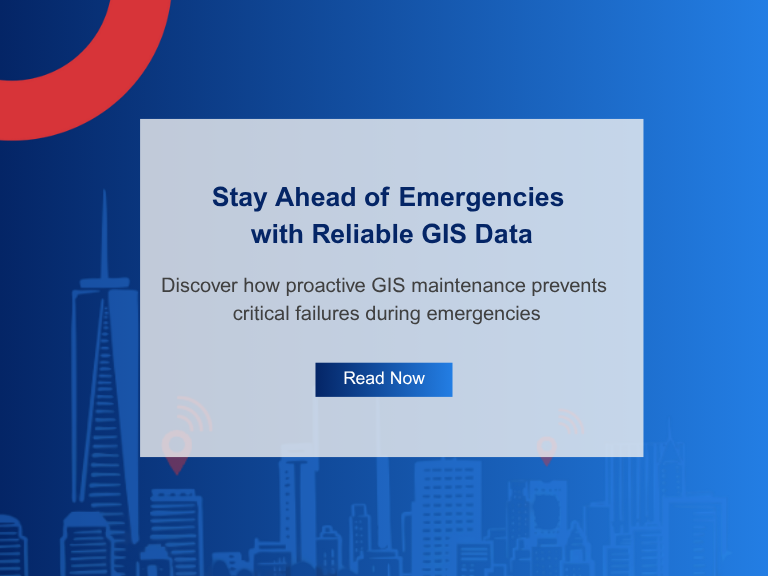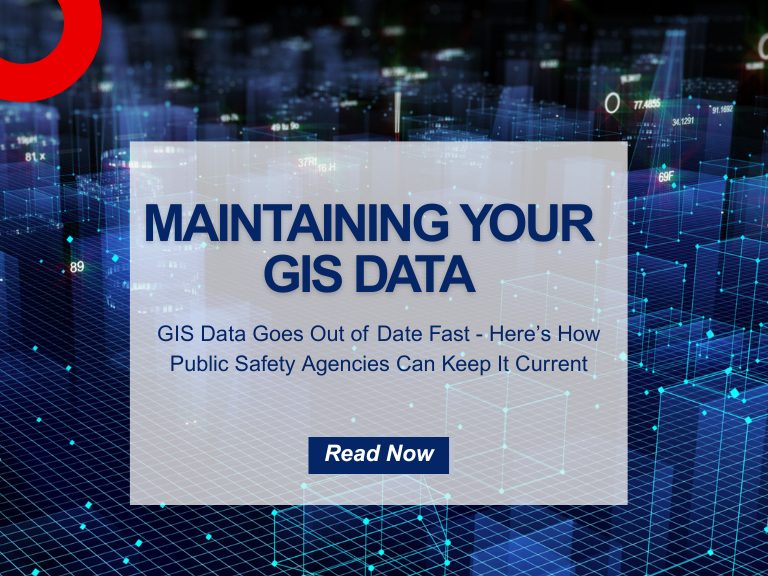Webinar Recap: Embarking on your NG9-1-1 GIS Migration
On Friday, March 5, 2021, GeoComm hosted a webinar titled, “Embarking on your NG9-1-1 GIS Migration.”
GeoComm’s Jessica Frye, ENP, GIS Project manager and Kathy Liljequist, GIS Consultant offered attendees the opportunity to learn more about critical GIS data maintenance workflow decisions that 9-1-1 and GIS departments face as they embark on the NG9-1-1 GIS migration. Utilizing their local, regional, and state NG-1-1 GIS project experience and involvement in industry standards development, they sat down to discuss:
- Various factors that impact 9-1-1 and GIS teams during the NG9-1-1 transition – one example -how street names are handled
- Important changes that GIS data undergoes as entities work to meet GIS data requirements for the development of a GIS-based MSAG
- Important stages agencies can expect while preparing GIS data for NG9-1-1 such as GIS data assessment and improvement efforts
“While the technology to implement these new IP-based 9-1-1 systems is available now, the transition to NG9-1-1 will involve much more than just new computer hardware and software.”
Interested in learning more about NG9-1-1 GIS impacts and migration decisions? Contact us today to request a recording of the webinar and learn more about some recommendations to get started.


